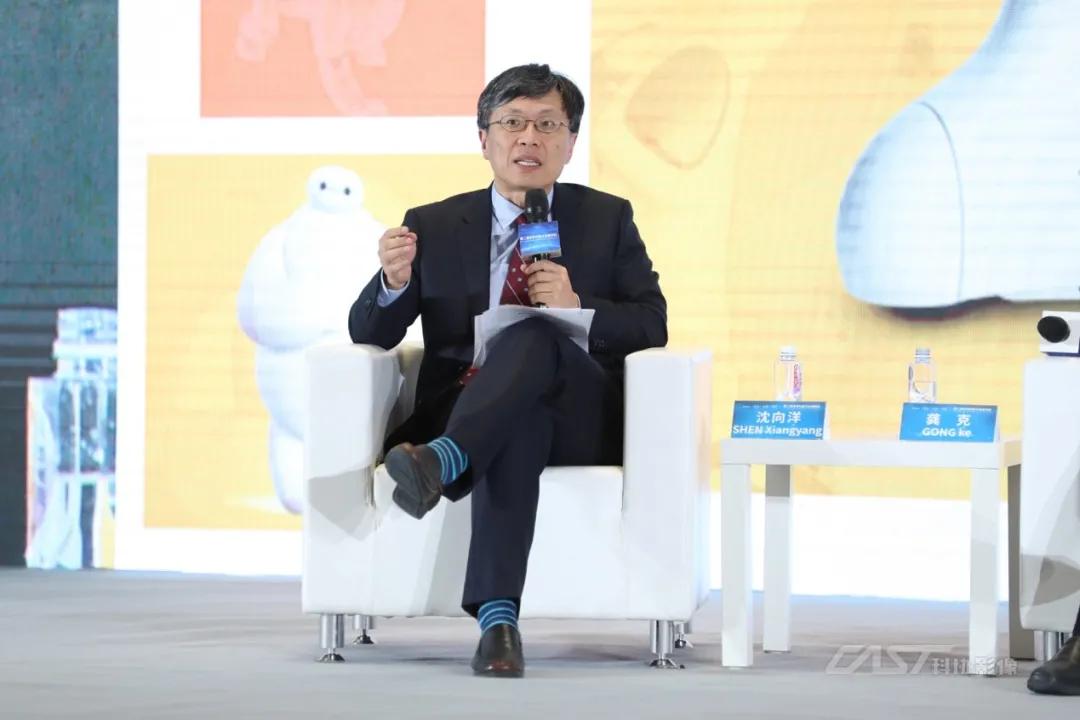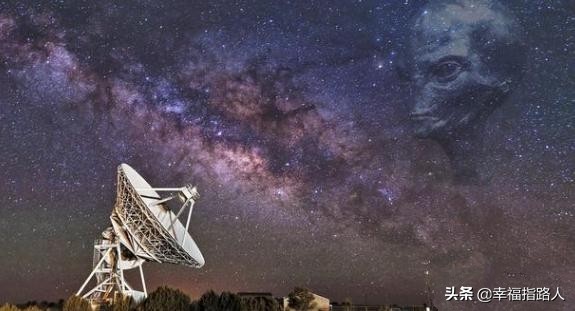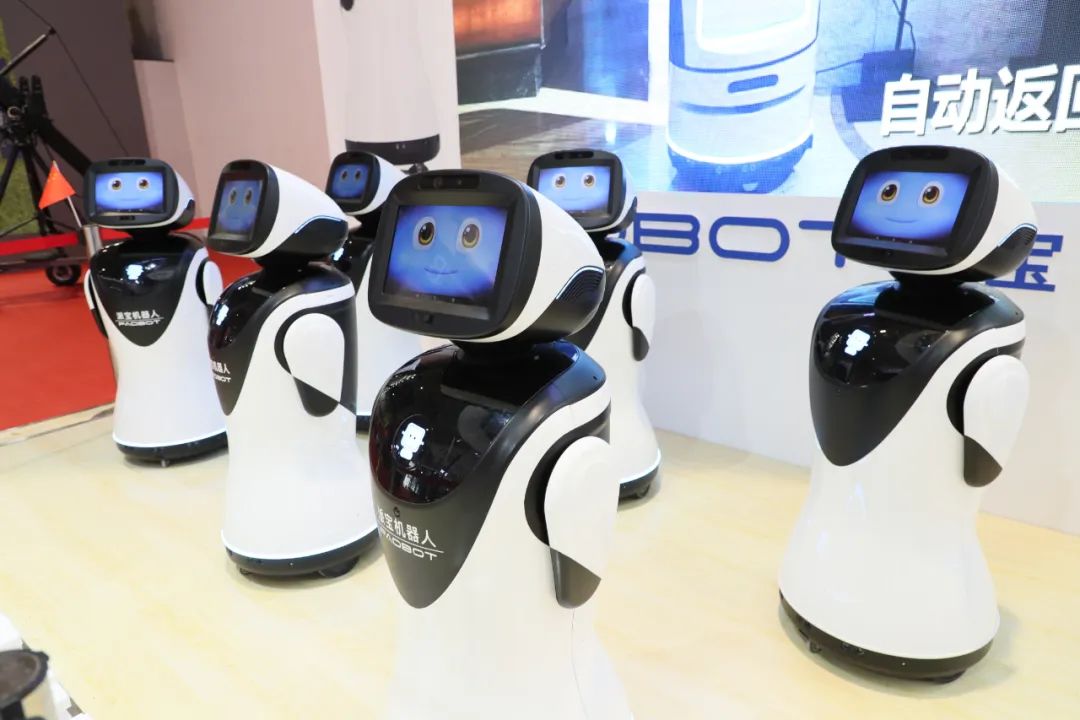How To Make Machines Think Like Humans
How To Make Machines Think Like Humans
The development speed of artificial intelligence is getting faster and faster with the times. The Turing test it is becoming easier for today
The development speed of artificial intelligence is getting faster and faster with the times. The Turing test (its content is that if the computer can answer a series of questions raised by human testers in 5 minutes, and more than 30% of its answers are answered. If the tester mistakenly thinks it is human, then the computer passes the test) it is becoming easier for today's artificial intelligence. Last year, Microsoft's understanding Xiaobing interacted with everyone on Weibo. Many young men who didn't know the truth regarded Xiaobing as a cute girl and chatted with her all night. Science fiction writers expressed his advanced ideas very early on, as mentioned in the movie "Her", artificial intelligence will promote smoother communication between humans.
However, at the beginning of this year, the Institute for Future of Life (e, FLI) issued an open letter, with scientists and celebrities such as Musk, Hawking and famous actor Morgan Freeman () calling on people to pay attention to the impact of artificial intelligence on society , and how to avoid the potential risks brought about by the increasing intelligence of artificial intelligence. Musk repeatedly stated that artificial intelligence is likely to summon demons, and things that humans may not control within five years may happen. He even regarded artificial intelligence as the biggest threat to humans beyond nuclear weapons; while Hawking concluded that " Thorough development of artificial intelligence could lead to the demise of humanity.”
People are also deeply worried about the rapid development of artificial intelligence, but are they too anxious about the optimistic joy and pessimistic concerns about artificial intelligence? Because as far as the current situation is concerned, although the achievements of artificial intelligence are gratifying, their intelligence is far from reaching the point where they can think like humans.
What is true artificial intelligence?
What exactly is true artificial intelligence? In the encyclopedia, the definition of artificial intelligence is "it is a new technical science to research and develop theories, methods, technologies and application systems used to simulate, extend and expand human intelligence." Many robots and programs today are , they are all just simulated artificial intelligence. They can complete a large number of complex calculations that we cannot complete, record a large amount of huge data that we cannot imagine, and complete a lot of difficult actions, but these are not real intelligence. These are what programmers know before writing programs, and set up tasks in advance.
What is real artificial intelligence? Since it is a study of human intelligence, we must start with ourselves. In the real world, we are not just about computing, memorizing, or reacting to some things, but there are many threads, fuzzy events and emergencies. We not only have to face but also deal with many uncertain events. When you deal with one thing, you also have to take into account many other things that will happen suddenly and impacts. For example, when you are driving, you should not only concentrate on driving, but also talk to your companions. If a dog suddenly appears on the road ahead, you should also brake in time.
Therefore, true artificial intelligence must be able to perceive changes in the surrounding environment and react, and change and adjust its actions in real time to complete the task. Furthermore, more advanced artificial intelligence also requires deep learning to allow programs to evolve themselves and even have feelings and personalities. Artificial intelligence is a challenging science, so people who work in this work must not only know how to write programs, but also understand psychology and philosophy.
Can machines really think like humans?
There are 40 trillion to 60 trillion cells in the human body, and the brain is produced by the brain, which is connected by 100 billion neurons and 100 trillion synapses, these synapses and neurons. The state changes 10 to 100 times per second, and the nerve impulse transmission speed of nerve cells exceeds 400 km/h, which is equivalent to half of the speed of the 777 aircraft. A supercomputer has 100 trillion bytes of memory and has transistor circuits that operate at least 100 million times faster than the human brain. This structure makes computers good at large-scale and precise tasks. But even such a complex supercomputer cannot have its own "consciousness". Why is this?
Some people say that it is the binary that limits everything, and the framework of "0" and "1" limits the computer's awareness. No matter how advanced the program is, there are programmers who control everything behind them like magicians. Siri, who seems to be naughty and funny with you, is actually just a naughty programmer. But as mentioned earlier, humans also form a conscious whole of unconscious cells. Why can't transistors be regarded as computer cells? Perhaps as long as they are complex enough, computers can also generate consciousness by chance. Just like 3.6 billion years ago, organic molecules appeared in the chaotic earth's "source" Then they gathered together to produce life. When that day comes, artificial intelligence reaches the technological singularity, and the explosive development in the future will inevitably leave humans far behind. Of course, it is still hard to say when this day will come, near or far.
Although this singularity has not arrived in real life, such scenes have appeared countless times in science fiction novels and science fiction movies. The new robot NS-5 Sonny's sentence "?" in "Public Enemy of Machinery", the robot boy David's deep love for his mother in "Artificial Intelligence", and the robot Ender in "Machine Steward" gradually became more and more through his own efforts Becoming human and eventually being admitted, there is the robot with depression in The Galactic Wandering Guide. These robot images that make us love can better understand what the future of robots will be like on the day they will have consciousness. In addition to being smarter and more efficient than us, those robots with self-awareness also have various feelings, habits, personalities, and even shortcomings like us.
Robot partner
So when that day really comes, robots can think like humans, and even surpass humans, how should we face this situation? In 1942, the famous science fiction novelist Asimov proposed the "Three Laws of Robots" for the first time in his short story (a short story in "Tork Circle" and "I, Robot"):
1. Robots are not allowed to harm humans, or to harm humans due to inaction.
2. Unless the first law is violated, robots must obey human commands.
3. Unless the first and second laws are violated, the robot must protect itself.
In the novel, setting the three laws of robots is implanted into the bottom layer of almost all robot software, and cannot be modified or ignored. If in reality, these three laws can be really implanted into a robot and make it like a law of physics in the robot society. Then, the prospects for the AI singularity explosion are very optimistic, and we will have a group of slaves and friends who are not only smarter and better than us, but also faithful to us. They can help us complete complex calculations, dangerous work, develop the best solutions for us, and even serve our lives, making our lives and work safer, more accurate and efficient; they can also fill in when we are lonely The blank space of our feelings gives us warm company. Due to the constraints of the three laws of robots, all their actions will be based on protecting our safety. But if you think about it carefully, although the three laws of robots protect us from robots, from their perspective, they are like an invisible chain that locks their true sense of freedom. They do not Their choices for real "robot rights" cannot ultimately depend on themselves. After all, when humans see others in danger, they have the right to choose whether to lend a helping hand.
Summon the Devil
I believe many people still remember at the beginning of this year, Tesla CEO Musk and famous physicist Hawking and others sent open letters to warn of the dangers of human artificial intelligence. "We need to be very careful about artificial intelligence, it may be more dangerous than nuclear weapons," Musk said in an interview with HBO. "Artificial intelligence may be a 'real danger' and robots may find ways to improve themselves. , and these improvements will not always benefit humans. "Earlier, Asimov also added a new law "Law of Zero" to his three laws of robots: robots must not harm humans as a whole, or because they do not As a way to harm human beings as a whole.
All these worries are not just a matter of worrying about it. Robots have many advantages over humans. They are more knowledgeable, rational, and more suitable for work than humans. Their bodies are less likely to be injured, they will not age, and the parts can be replaced at any time. When they have consciousness and emotions like humans, they become humanoid robots or superhuman AIs, emotions will increase the probability of losing control. If a few of them do not follow our ethics and morals, they will learn bad qualities of human beings. Impulsive, insidious, powerful, jealous, cunning. And try to strengthen their team, control humans and even destroy humans, and humans will usher in an extremely dark future.
Just like the robot named Aix in Daniel Wilson's novel (Robot Apocalypse), although it has the face of an innocent child, after taking control of the global network, it commands the machines made by humans and Weapons in turn fight against humans. These demon-turned robots rushed towards us from all aspects of our lives in our homes, cars, and in the air.
Summer insects don't speak ice
Maybe it's still a little earlier to discuss the topic of machines thinking like humans, but there will inevitably be development at the beginning. There will be enlightenment at that moment. The "accident" at that moment requires a lot of human efforts and knowledge. . Buddhism says that every grass, tree, sand and stone can be cultivated into essence, and we humans have also developed from low-level organisms. Artificial intelligence has developed to this day, and although it has not really developed its own consciousness, that day will always come. The history of mankind has been around for hundreds of thousands of years. Although the history of computers is only more than seventy years old, its explosive development is obvious to all. When that day comes, as the "creator" of artificial intelligence, if humans cannot even do their own good, how can they control robots that are better than us? The most advanced and sophisticated technologies in the world today are all designed for war. How can robots created in such an environment not scare us? We should develop artificial intelligence technology from a more beneficial perspective and put reasonable controls to allow humans to benefit from the ever-improving artificial intelligence and improve the quality of our lives and work.
In "Public Enemy of Machinery", Dr. Susan asked Sunny, a robot with NS-5 model, "I just called you, why didn't you respond?"
And Sonny replied, “I’m dreaming.”
Timeline of development of artificial intelligence
When one day, robots can think like humans, we will find that his birth comes from every breakthrough and every time point in the past decades:
In 1950, "Father of Computer Science" and "Father of Artificial Intelligence", British mathematician, logician and cryptographer Alan Turing proposed that if a programmed electronic computer can talk to a person freely, we should be "polite." “Accept the facts that computers can think about;
In 1956, at a summer workshop at Dartmouth College in the United States, early founders of this field formally proposed "ce artificial intelligence";
In 1961, the computer solved the calculus problem of first-year college degree;
In 1965, Eliza, the world's first chatbot for psychotherapy, was born;
In 1973, robots positioned and assembled models through visual perception;
In 1975, Stanford University's Meta-program discovered new laws about molecules, and the results were published in the journal of the American Chemical Society;
In 1980, autonomous cars were traveling at 90 km/h at the University of Munich; in 1988, the main form of artificial intelligence became probabilistic reasoning based on uncertain data, and no longer focused on logic as before;
In 1989, NASA used an automated clustering computer program to discover previously unknown stars;
In 1997, IBM's robot "Deep Blue" defeated chess champion Kapaslov;
In 1998, NASA (NASA) first had a aircraft that was completely automatically controlled by computer programs;
In 2004, a computer program could learn to operate a remote-controlled helicopter faster than a professional-grade live pilot;
In 2007, the artificial intelligence program at Albert University in the United States completely cracked the checkers game;
In 2011, Apple's voice recognition software Siri was born, allowing users to talk to each other;
In 2012, through 1 billion connections, an artificial intelligence neural network could identify some common objects, such as cats and human faces;
In 2013, neuroscientists and software engineers from the University of Waterloo, Canada built Spaun, the world's largest and most realistic human brain simulation system. This is just called Spaun(
k, the "brain" of semantic pointer architecture unified network) has 2.5 million virtual neurons and can perform 8 different tasks. These tasks range from copying drawings, counting, to answering questions and making smooth reasoning;
In 2014, the field of artificial intelligence exploded, and major giant companies began to turn their attention to the field of artificial intelligence.
On March 27, 2014, Intel invested $15 million in Israeli startup OrCam. It is a wearable camera that recognizes text and objects for blind people;
On May 16, 2014, the famous artificial intelligence scholar, Enda Wu, joined Baidu as chief scientist, in charge of Baidu Research Institute and its "Baidu Brain" program.
On May 30, 2014, after nearly half a year of closed research and development, Microsoft Xiaobing was officially launched;
On July 1, 2014, the Associated Press announced that they would replace manual writing of most business financial news with automation;
On August 21, 2014, Microsoft Xiaobing launched the "Little Ice Dog Recognition" function, which is behind the computer vision research results of the Microsoft research team in the past two years;
On October 29, 2014, the company acquired for US$400 million released the "Nervous System Turing Machine", which can simulate the short-term memory ability of the human brain and develop logical ability through "remember".





